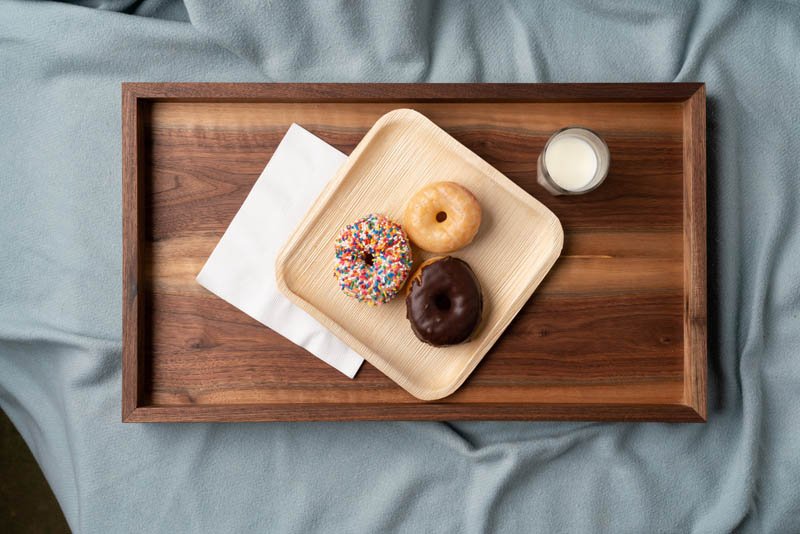Janka Rating and What it Means
| Janka | Species Name |
| 510 | Bald Cypress |
| 540 | Poplar |
| 540 | Mappa Burl |
| 830 | American Elm |
| 850 | Black Ash |
| 850 | Western Maple |
| 850 | Sweet Gum |
| 870 | Longleaf Pine |
| 880 | Hackberry |
| 900 | Red Cedar |
| 950 | Cherry |
| 950 | Soft Maple |
| 1010 | Walnut |
| 1020 | Holly |
| 1220 | Red Oak |
| 1260 | Birch |
| 1300 | Spalted Beech |
| 1320 | White Ash |
| 1350 | White Oak |
| 1450 | Hard Maple |
| 1548 | Honey Locust |
| 1820 | Hickory |
| 1820 | Pecan |
| 1880 | Shagbark Hickory |
| 2140 | Pignut Hickory |
How is it Measured?
The Janka rating is measured by applying a specific amount of force to a steel ball half embedded in the wood. The force required to embed the ball to a certain depth is then recorded in pounds-force (lbf). The higher the Janka rating, the harder the wood.
What Does it Mean for Consumers?
For consumers, understanding the Janka rating can help in making informed decisions when choosing wood products. A higher Janka rating indicates a harder wood that is more resistant to dents and wear, making it ideal for high-use areas and can be considered in picking a wood species for a table or piece of furniture.

You can be sure that all the domestic wood we use for Alabama Sawyer furniture is typically used for wood furniture. Harder woods are harder on tools. Softer woods might be more prone to dents (or a mark from a pen on paper on the surface.) The negative or positives of seeing life reflected in your furniture is a matter of context and opinion.



